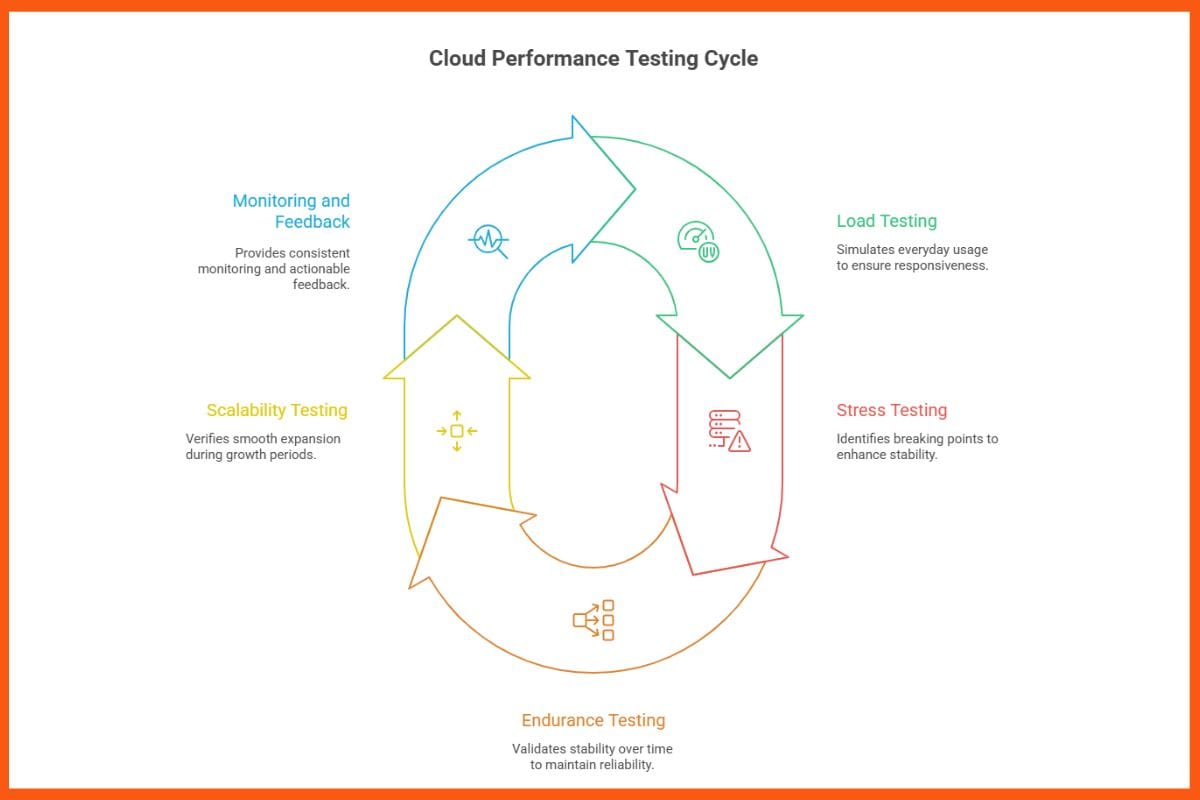This article has been contributed by Mr Amol Date, CRPO of Loyalty Division at Vernost Tech Ventures
Scale no longer secures leadership alone. In a landscape shaped by rapid change and rising customer expectations, the organisations that lead are those that move decisively, learn fast, and evolve constantly. True competitiveness now relies on how swiftly an organisation can translate data into intelligent action—navigating complexity to inform smarter decisions at pace.
Cloud platforms and advanced analytics are the enablers of this transformation, allowing enterprises to rewire traditional operations into intelligent, data-driven frameworks. From real-time data pipelines that integrate streaming and batch processing to performance testing that ensures resilience under unpredictable demand, modern-day systems are designed for decisions that are not just faster but also smarter. In this aspect, agility is no longer optional. Rather, it has become the key driver of sustainable growth.
Building the Foundation: Data Pipelines, Scaling and Security
The basis of enterprise agility is the capability to convert raw information into insight at speed. Modern data pipelines, capable of processing millions of events per second, ensure information is both accurate and actionable. By merging batch and real-time processing within a single flow, they limit latency, cut costs, and enable decisions at the precise moment they matter. For retailers, this means the ability to adjust inventory dynamically in response to sales data. In manufacturing, it allows production lines to adapt instantly to supply chain disruptions.
Such kind of operational agility is further underpinned by the elasticity of cloud infrastructure. Intelligent scaling driven by artificial intelligence (AI) adjusts capacity in minutes. This, in turn, ensures resilience during sudden surges in demand while eliminating wasted resources amid quieter periods. Technology companies rely on this adaptability to roll out updates or new services seamlessly, avoiding downtime in a highly competitive market.
Security also reinforces this foundation. Enterprises can only act quickly when their data is protected, and cloud-native security frameworks embed protection directly into the data lifecycle. With predictive threat detection, advanced encryption, and identity management systems that verify millions of access requests daily, businesses maintain trust while pursuing speed. Security, once viewed as a limitation, has become integral to enabling agile decision-making.
From Insight to Innovation: The Role of Analytics and MLOps
Analytics today extends beyond dashboards; it is the engine that powers innovation. Machine Learning Operations (MLOps) operationalises AI by shortening model development cycles and improving accuracy through automation. What once took weeks or months now takes days, allowing predictive models to be deployed in real-world environments with efficiency and confidence.
For instance, in the financial services sector, this has reshaped fraud detection, enabling institutions to identify suspicious activity in real time. On the other hand, in retail, analytics drives personalisation at scale. This ensures that consumers receive recommendations that reflect their evolving preferences. Likewise, for technology leaders, analytics boosts product development by uncovering emerging patterns in user behaviour and anticipating market needs. By bringing intelligence into production environments, organisations shift from reacting to disruption to proactively shaping opportunities.
Technologies. When we talk about modern technology, one of the biggest inventions has to be
Artificial Intelligence (AI). With its undeniable effect, AI is actually taking
over the world. In an unbelievable way, it has become a part of our

Resilience in Motion: Cloud Performance Testing

Speed and intelligence must be matched with reliability. Cloud performance testing allows systems to remain stable as well as responsive under both predictable and extreme conditions. Moreover, load testing replicates everyday usage, stress testing identifies breaking points, along with endurance testing that validates stability over time. Scalability testing, in particular, verifies whether applications can expand smoothly during periods of rapid growth.
Such types of practices protect agility. They significantly ensure that applications not only move quickly but also withstand pressure without compromising user experience. For e-commerce businesses, this could signify seamless performance amid peak shopping events. Additionally, for technology providers, it secures uninterrupted service delivery through peak demand times. Modern testing tools, integrated into DevOps workflows, also provide consistent monitoring and actionable feedback. Following this, enterprises can resolve performance issues prior to their impact on operations.
Data-Driven Agility Across Sectors
The confluence of cloud and analytics brings enterprise-wide benefits, translating agility into measurable outcomes. Decision-making becomes sharper as real-time insights replace uncertainty with confidence. Operational efficiency gets enhanced through streamlined processes, optimised resources, and predictive maintenance that prevents costly disruptions. Innovation advances when enterprises identify new opportunities and deliver products faster to market.
The results are quite evident across industries. In the retail sector, analytics enables inventory decisions based on live sales data. This limits waste while meeting consumer demand more precisely. Furthermore, in technology, agility defines market leadership, as firms that pivot their business models effectively sustain relevance where others falter. Streaming services, for example, have used data-driven insights to shift consumption models and capture new markets.
Agility also strengthens customer and employee experiences. Personalised engagement enhances loyalty, while automation reduces repetitive tasks, freeing employees to focus on high-value contributions. This combination positions enterprises not only to weather disruption but also to transform it into an advantage.
On the whole, the enterprise of tomorrow will not be defined by its size or even by its data alone, but by how effectively it can transform information into decisions. Cloud platforms, analytics, MLOps, as well as performance testing are no longer isolated tools. Rather, they are interconnected elements of a single plus agile operating model.
Enterprises that master this data-to-decision journey will not simply react to change—they will anticipate it, shape it, and thrive within it. Every dataset will inform confidence, every system will support resilience, and every decision will develop future advantage. In an era where disruption is constant, agility has moved from being a strategic choice to becoming the very principle of survival and growth.


Leave a Reply